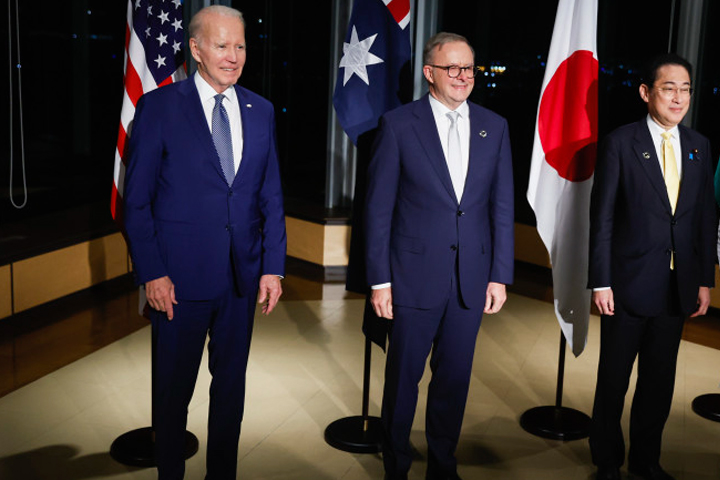


To boost networks in the Indo-Pacific area, where China is steadily extending its influence, Japan, the United States, and Australia have signed an agreement on a $95 million underwater cable project that would connect the island states of East Micronesia. This announcement was made on Tuesday in Tokyo.
The state of Kosrae in the Federated States of Micronesia, Tarawa in Kiribati, and Nauru will be connected to the current cable landing site in Pohnpei in Micronesia through a about 2,250-kilometer (1,400-mile) underwater cable, according to the Japanese Foreign Ministry.
Japan, the US, and Australia have increased their collaboration with the Pacific Islands, ostensibly in an effort to thwart Beijing's attempts to increase its political and economic might in the area.
The parties stated in a joint statement that the following steps include a final survey, the design, and production of the cable, whose width is about equivalent to that of a garden hose. It should be finished by 2025.
A little more than two weeks ago, the leaders of the Quad, a security alliance made up of Japan, the United States, Australia, and India, underlined the significance of undersea cables as a vital part of communications infrastructure and the basis for internet connection.
“Secure and resilient digital connectivity has never been more important,” Matthew Murray, a senior official in the U.S. State Department’s Bureau of East Asian and Pacific Affairs, said in a statement. “The United States is delighted to be part of this project bringing our region closer together.”
The cable will enable high-speed, high-quality, and more secure communications for citizens, companies, and governments in the region, according to NEC Corp., which won the contract following a competitive process. It will also increase digital connectivity and support economic growth.
According to Kazuya Endo, director general of the international cooperation department of the Japanese Foreign Ministry, the cable would connect more than 100,000 people in the three Pacific countries.